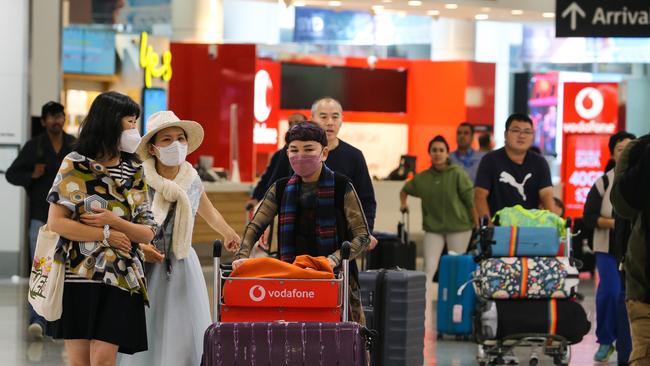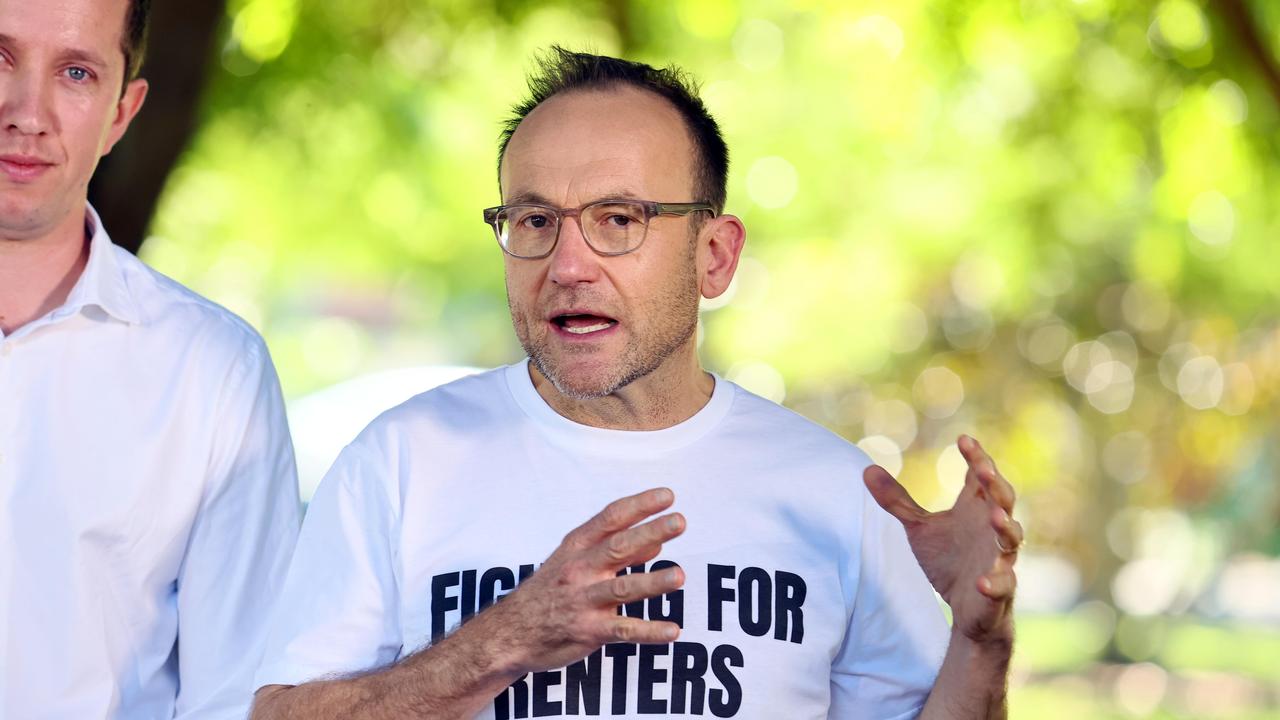Labor’s refugee and humanitarian budget dips as govt tries to cut its cloth
Labor will overhaul its migration system but only after cutting key departmental funding areas.

The overhaul of Australia’s stunted migration system will be undertaken with some sharp budget cuts that will impact refugee, humanitarian settlement and migration services.
The government stressed on Tuesday the current system had developed through years of piecemeal change.
“It lacks direction, is complex, inflexible and inefficient,” it said. “The government is developing a migration strategy to ensure the system delivers for Australians and migrants.”
But the budget papers show cuts rising to more than $500m a year as the government seeks to claw back spending in the wake of the pandemic.
Total outlays for this financial year supporting immigration and so-called social cohesion policies are forecast to hit nearly $2.4bn, falling to $1.9bn from 2024-25.
This will include $65m in cuts next financial year to the refugee, humanitarian settlement and migrant services.
More than $125m is forecast to be cut from this year’s $611m offshore management budget.
It comes as the government pushes ahead with its overhaul of the immigration system, which was found to be overly complex.
It plans to allocate about 70 per cent of places in the 2023-24 permanent migration program to skilled migrants, with the aim of bringing long-term economic benefits as well as dealing with skill shortages.
The government also has promised to provide an extra two years of post-study work rights to some temporary graduate visa holders with relevant degrees.
Budget papers also confirm plans to increase the temporary skilled migration income threshold to $70,000.
And the government pledged to improve the way onshore migrants are dealt with.
This could include improving skills assessments, free employability assessments and providing access to further training.
The agenda includes mutual recognition of qualifications to ensure students from India and Australia “will have greater certainty the qualifications they attain will be recognised by both countries”.
There also will be additional training places for Pacific Australia Labour Mobility Scheme workers in priority sectors.
Australia’s migrant population is expected to have soared by more than 700,000 between the 2022 and 2024 financial years.
The surge is being attributed to the return of many overseas students and working overseas travellers, who for years have underpinned the hospitality and tourism sectors.
Both sectors have been bashed by the pandemic, as has the multibillion-dollar foreign student sector.
The overseas student market suffered terribly as visitors were locked out and campuses forced to close.
The review by Martin Parkinson of Australia’s migration system found it was overly complex, with 100 visa subclasses.
Treasurer Jim Chalmers told parliament the government sought to strike a balance between dealing with a tough economy and enabling people to function.
“In all our decisions, we seek to strike a considered, methodical balance between spending restraint to keep the pressure off inflation, while doing what we can to help people struggling to make ends meet,” he said.
“Making sure vital services like Medicare and the National Disability Insurance Scheme are secure, reliable and sustainable.”




To join the conversation, please log in. Don't have an account? Register
Join the conversation, you are commenting as Logout